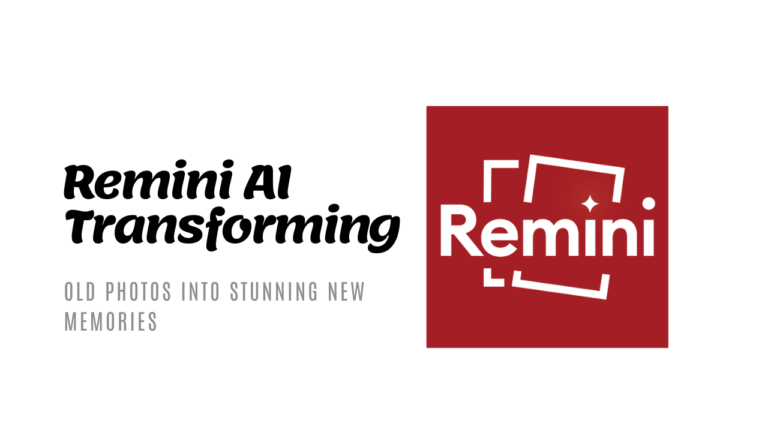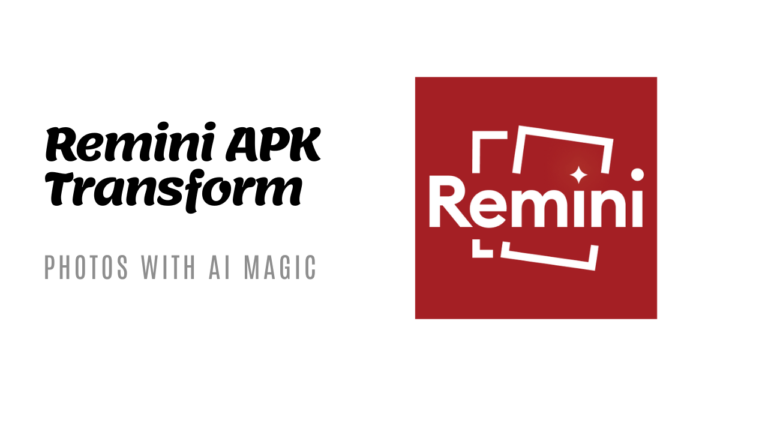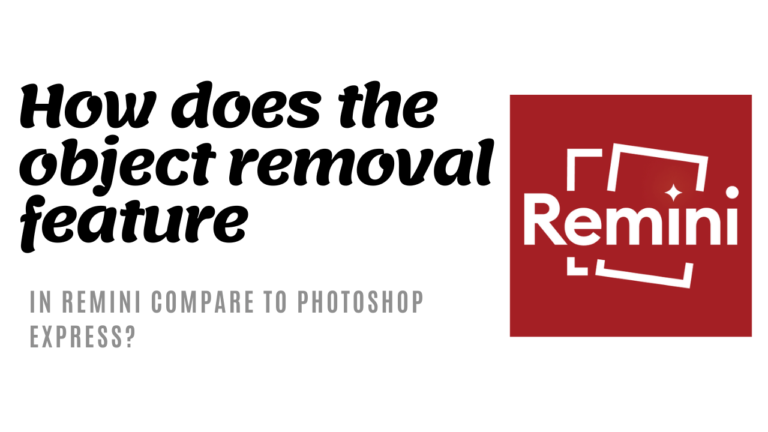What are the Limitations of Remini Features Library for Advanced Editing?

Remini is a popular app known for its ability to enhance and restore old or low-quality photos using artificial intelligence. While it provides a straightforward and effective solution for basic photo enhancements, users looking for advanced editing capabilities may encounter some limitations.
This article will explore these limitations, helping potential users understand what to expect from Remini’s features library.
1. Limited Control Over Edits
Remini operates primarily through automated processes, which means it lacks the manual controls that professional photo editing software offers. For instance, users cannot adjust specific parameters like brightness, contrast, or saturation with precision. This can be a significant drawback for advanced users who prefer detailed control over every aspect of their photo editing.
2. Focus on Photo Restoration
The primary function of Remini is to enhance and restore photos, particularly those that are blurry, pixelated, or damaged. While it excels in these areas, it is not designed for more creative editing tasks such as layering effects, adding advanced filters, or manipulating images extensively. Users seeking to creatively transform images might find Remini’s capabilities too focused and limited.
3. No Batch Processing
Remini handles images one at a time, which can be time-consuming for users looking to edit multiple photos simultaneously. This lack of batch processing is a drawback for professional photographers or editors who need to maintain a consistent look across many photos and would benefit from applying the same settings to multiple files at once.
4. Quality of Results May Vary
While Remini is quite powerful, the quality of the output can sometimes vary, especially with extremely poor-quality originals. The app uses AI to guess and fill in details that might not always align perfectly with the photo’s original context or the user’s expectations. This inconsistency can be problematic for users who need a reliable tool for professional purposes.
5. Limited Format and Resolution Support
Remini may have restrictions on the resolution and format of the images you can upload and download. This limitation can affect users working with high-resolution images or specific formats not supported by the app. Additionally, the final image quality might not meet the standards required for print or professional digital use.
6. Dependency on Internet Connection
Since Remini’s processing power is based on cloud computing, it requires a stable internet connection to work. This dependency can be a significant limitation for users in areas with poor connectivity or for those who need to edit images on the go where internet access might be unreliable.
7. Privacy Concerns
Using an online service like Remini involves uploading personal or sensitive images to a third-party server, which might raise privacy concerns. Users who are cautious about digital security and privacy might be hesitant to use cloud-based editing tools, preferring standalone software that keeps all data on the user’s device.
Conclusion
Remini offers a valuable service for quickly enhancing and restoring photos with minimal effort. However, for those who need more robust, detailed, and versatile editing capabilities, the limitations of Remini’s features library might prove challenging. Advanced users might consider using professional-grade photo editing software to complement Remini’s enhancements or as an alternative for more complex editing tasks.
This way, they can achieve a broader range of visual effects and maintain greater control over their photo editing projects.






